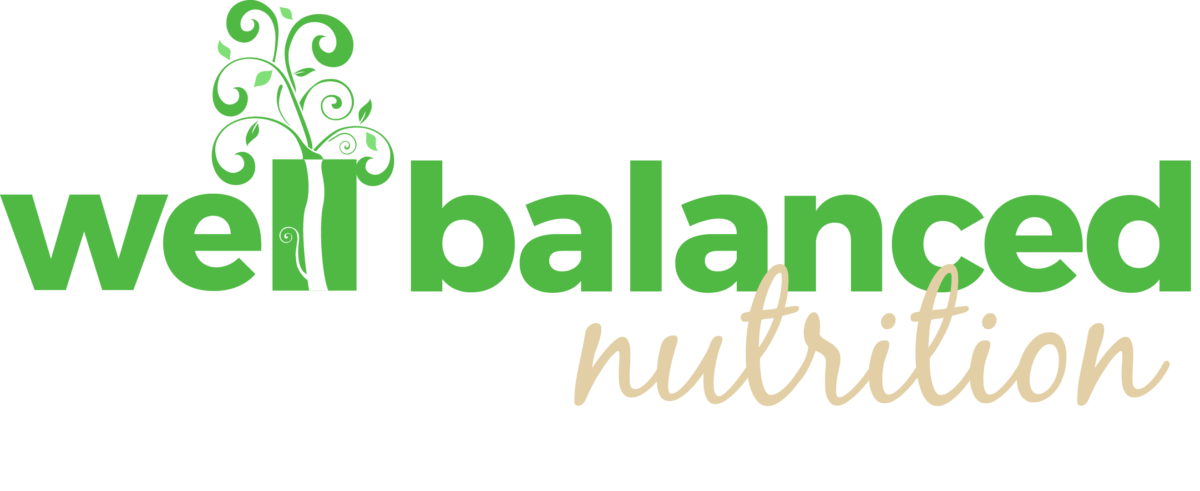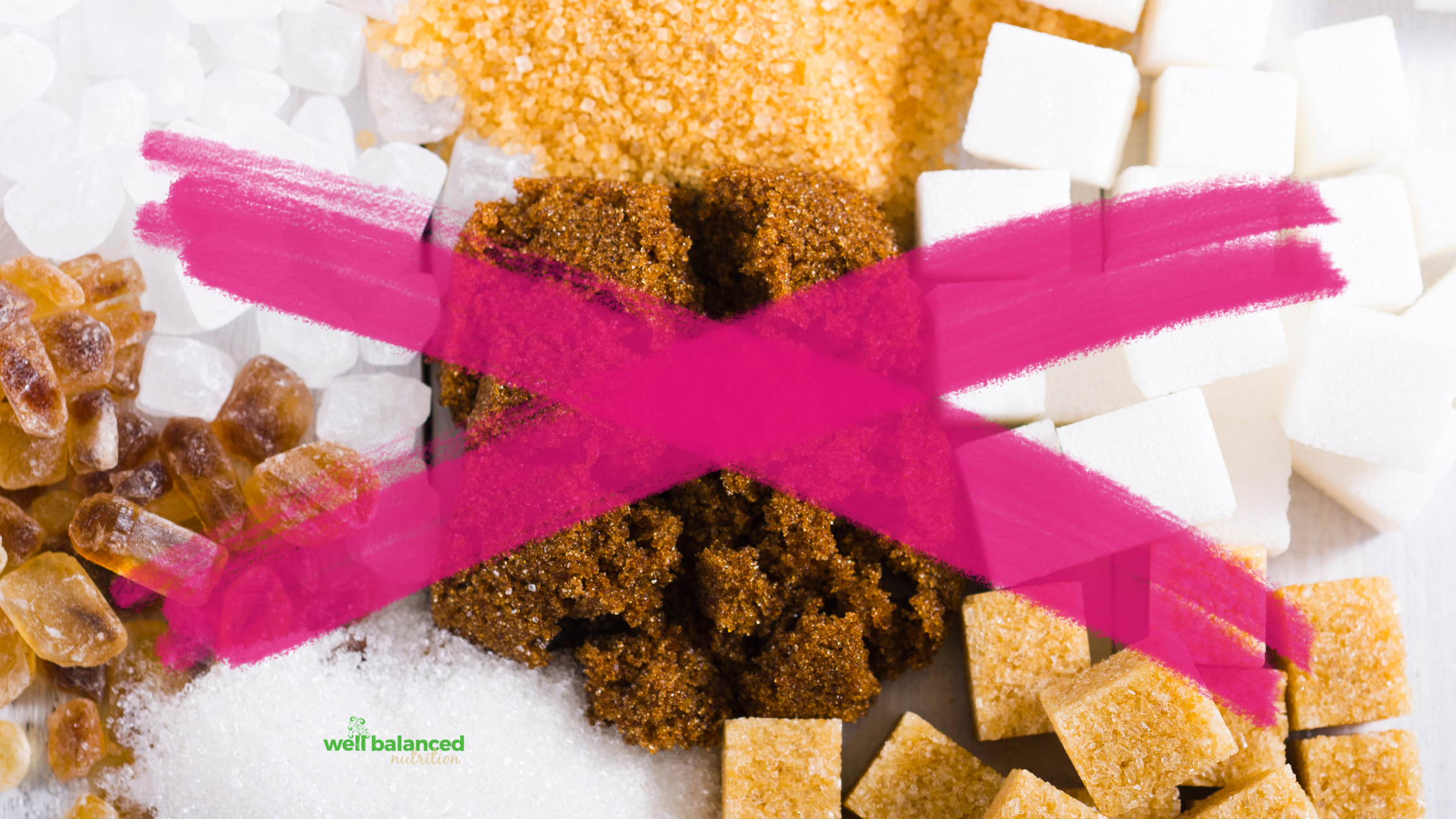Many parents want to know how they can get their children to eat more vegetables. I work with young families every week and I hear their struggles. They often say, “she loves her fruits and eats them several times a day, but her vegetables…not so much.” I am in the same boat. My two little ones can slam a container of berries in mere seconds. Offer them a new vegetable and they freak.
You’re an informed parent and you have likely heard all the standard tips for helping your picky eater. First of all, you must be a good role model and eat a variety of vegetables yourself. You can get kids to help you in the grocery store and in the kitchen which will improve the chance of them trying a new food. Serve a small portion and encourage your child to try a bite without nagging or forcing. And hopefully, you’ve also read up on the division of feeding responsibilities and you know that understanding the root cause to your child’s unwillingness to try new food is important.
But what is the one little thing I did that got my little girl excited about broccoli again?? You won’t believe this and neither did I when it happened…
The other day before dinner was ready, my 3-year-old was “starving” and I offered her a “broccoli snack.” It was steamed broccoli with parmesan cheese. I had never called this a “snack” before. Her eyes lit up and she eagerly came to the table and devoured her broccoli. What!!? I was so excited that I high-fived my husband and did a victory dance when she wasn’t looking. If I would have known all along that I just needed to say the word SNACK, I would have done it a looong time ago.
This is a great example of how words set the tone for both children and adults. Describe a food with words that trigger a positive association and a chain reaction of positive attitudes and intentions will follow. For example, this report concludes that descriptive labels at restaurants, such as “Grandma’s zucchini cookies” increased sales, quality and taste evaluation scores and restaurant ratings. All from putting the word “Grandma” on the label which for many people trigger happy thoughts.
My children have such a positive association with the word “snack.” Snacks are FUN and FAST. Instead of saying, “Eat your broccoli, it’s healthy and good for you,” I now say “I made some “broccoli snacks.” Other words that get her excited are “cheesy” and “buttery.” If I use those words to describe any food, chances are she will get excited about it.
So, whether you would like to eat more vegetables or you wish your children would, using fun and positive words to describe your food can make a difference.
Food for Thought:
What words are you using to describe your food?
What words would trigger a positive association for you or your children?




